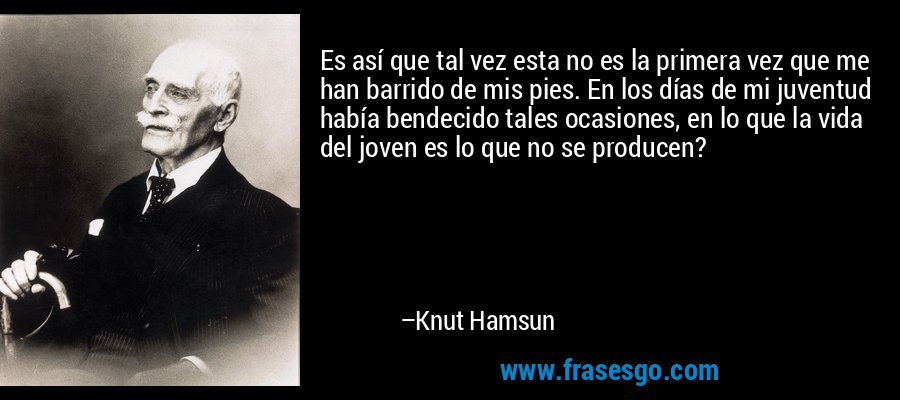

“I have compared the two versions, and found that the homoerotic desire is more explicit in the first version than in the second,” says Johnsson. It was subsequently rewritten by Hamsun and published under its final title in the collection Siesta in 1897. The first time, it was called Underlige Sjæle (‘Strange Souls’), and was published in the newspaper Verdens Gang in 1891. The short story was published twice under two different titles. “I think it is significant that the meeting places are not private, they do not meet in someone’s home, but they are not entirely public either,” he says. Both the first and the fourth encounter take place in Copenhagen, the second on board a train in Germany, and the third in a gambling joint in New York. Johnsson also emphasises the places in which the two men meet in his reading of the erotic attraction between the two. At the same time, those who are open for or look for such topics will easily recognise them.” The significance of place “In this way, the reader is led towards the horrific and away from what may be the story’s actual topic, such as homosexuality. “The gothic genre enabled writes to write about topics that it was unacceptable to talk about, by hiding unlawful or unacceptable topics behind gothic elements of horror,” he explains. The genre thematised topics such as death, decay, ghosts and curses. Gothic literature was a genre that originated in the romantic period. For instance, the writer Sigurd Mathiesen wrote gothic horror stories in the same period that were precisely about homoerotic love.” “The relationship between the narrator and the stranger may also be read as a doppelganger motif, in which case the stranger may be interpreted as a part of the narrator’s ‘I’ that he does not want to acknowledge,” he says. “I find it reasonable to read the power struggle between the narrator and the stranger as sexually charged: Two men battle with a homoerotic desire that they cannot act out, and they fight and struggle because they need to repress their true feelings.” Horror as pretextĪt the same time, the short story is also a type of horror story, Johnsson maintains.

“In Hemmelig ve, however, there is a man who pursues another man, but no-one has interpreted that as erotic. Researchers have often interpreted this as an erotic motif. According to Johnsson, there are several examples of men pursuing women in Hamsun’s texts.


 0 kommentar(er)
0 kommentar(er)
